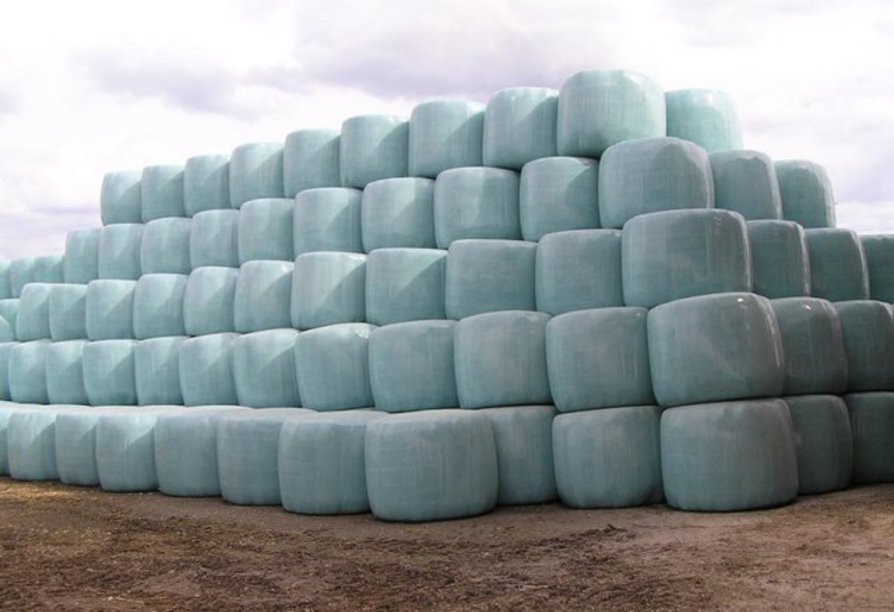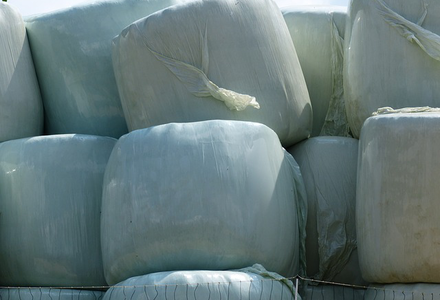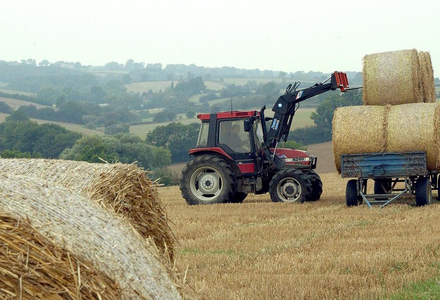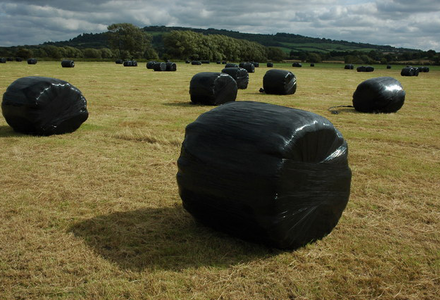Are Listeria a problem with bales?
The bacterium Listeria monocytogenes is found in soil and slurry as well as small numbers on grass. It infects sheep and cattle causing listeriosis which leads to abortions and encephalitis. Sheep are more susceptible to infection because differences in their teeth make it easier for the bacteria to access the nerves. Listeriosis has increased significantly in sheep since the introduction of big bale silage. With cattle, infection of the eye by Listeria causes “silage eye” a painful ulceration which is treatable. This happens because the animal tends to push its head into the more palatable centre of the bale and this may allow infected grass stalks to poke it in the eye. It is obviously less of a problem with chopped bales.
 Listeria can survive in low numbers in silage but will not multiply so long as air is excluded and the pH value remains below about pH 5. In the presence of air, however, they can survive at much lower pH values. If a lot of air gets in moulds will grow causing the pH value to increase and providing ideal conditions once again for Listeria to grow and multiply.
Listeria can survive in low numbers in silage but will not multiply so long as air is excluded and the pH value remains below about pH 5. In the presence of air, however, they can survive at much lower pH values. If a lot of air gets in moulds will grow causing the pH value to increase and providing ideal conditions once again for Listeria to grow and multiply.
Listeria are more likely to survive and grow in big bale silage than clamp silage. This is the result of a number of factors. The low density and high DM content associated with baled silage results in a slower, less extensive fermentation. In addition, bales have a very high surface area to volume ratio, exposing more of the silage to air if the bag or wrap becomes damaged. Listeria growth is usually associated with the outer layers of bales where they can be present in very high numbers, especially if the silage is visibly mouldy.


